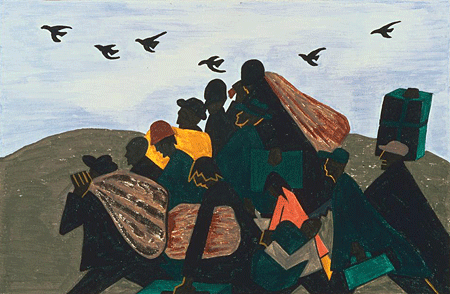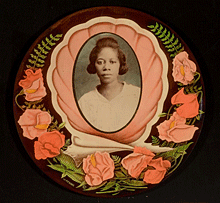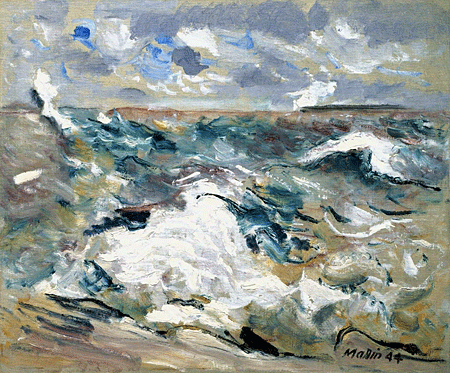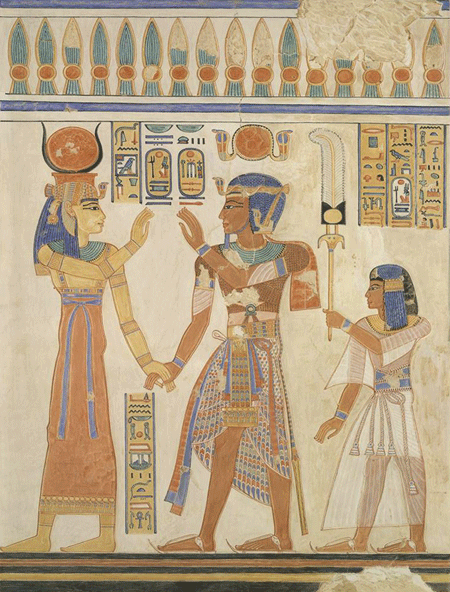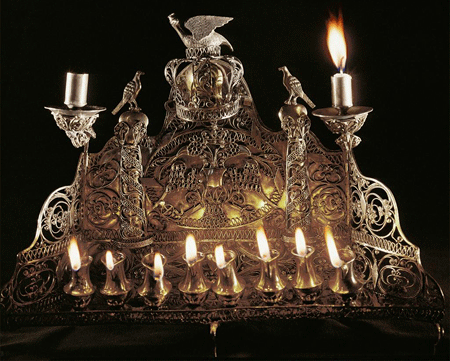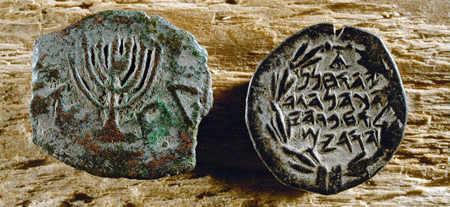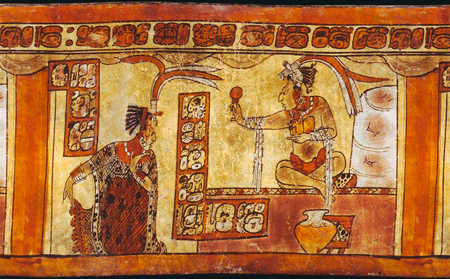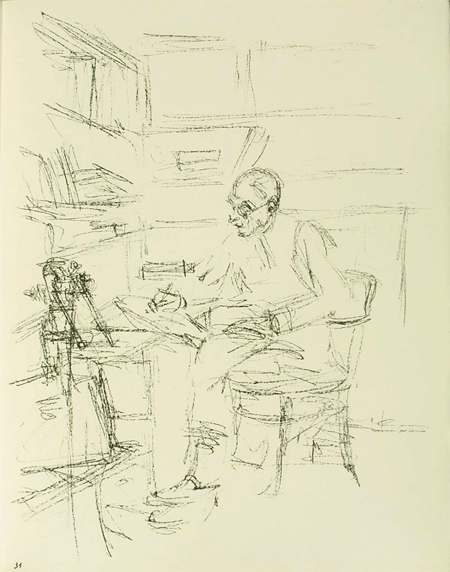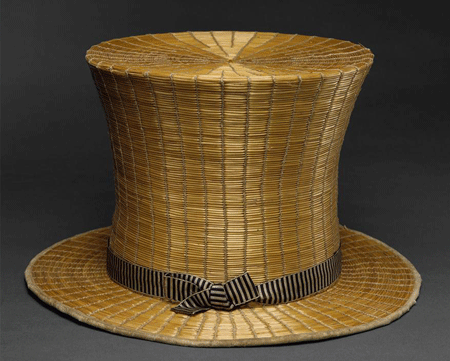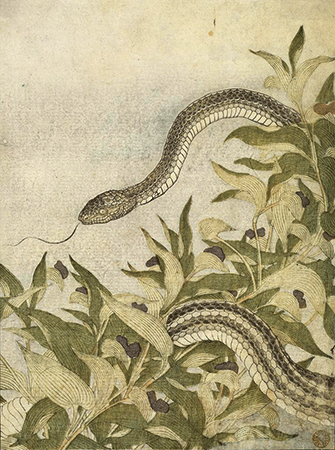
Kitagawa Utamaro | Rat Snake with Dayflower Plant | January 1788 | Image © The Metropolitan Museum of Art
Happy Lunar New Year! The Chinese Year of the Snake begins February 10, 2013 and lasts through January 30, 2014.
The traditional Chinese calendar is based on a combination of lunar and solar movements; the year begins with the night of the first new moon of the lunar New Year and ends on the 15th day. The Chinese zodiac follows a 12-year cycle that relates each year to an animal and its attributes. People born under the snake sign are considered wise, thoughtful, and calculating (although the negative connotations of the snake also present some problems, according to this article in the Wall Street Journal).
